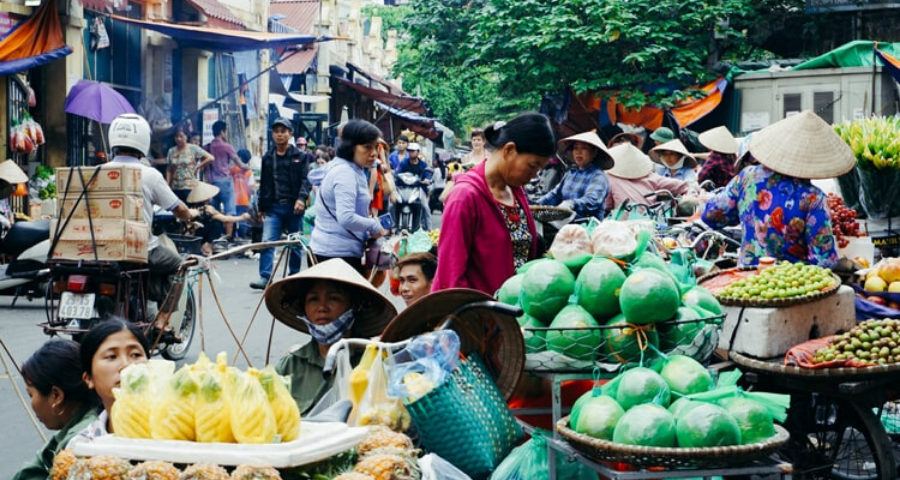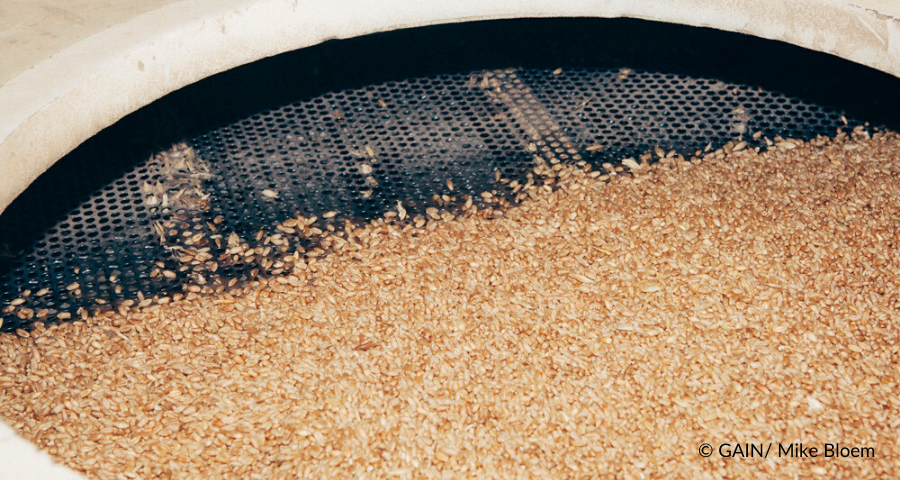The COVID-19 pandemic has engulfed the world. As of April, 21th morning, 185 countries have reported a total of 2,476,916 cases and 170,297 deaths. Densely populated countries in the ASEAN region including Indonesia (6,760 cases and 590 deaths), Philippines (6,459 cases and 428 deaths), Malaysia (5,425 cases and 89 deaths), Singapore (8,014 cases and 9 deaths) and Thailand (2,792 cases and 47 deaths) are among the hardest hit.
Health care systems all over the world have been stretched to unprecedented levels, and health care workers have become the world’s heroes as they work to contain the epidemic under significant personal risk. Governments in the ASEAN region have put into place several measures to persuade citizens to stay at home in an attempt to slow the spread of the disease and reduce infections and deaths from the pandemic. Measures including closure of businesses, requirements to work from home and stay at home and restrictions on even domestic travel. This has caused families to be separated, reductions in income or even unemployment and difficulties in obtaining basic necessities such as food and water.
From a nutritional standpoint, the COVID-19 pandemic has dire implications for countries in the ASEAN region. Even before the pandemic, the region contained nearly half of the individuals, worldwide, suffering from the triple burden of malnutrition, characterised by the coexistence of undernutrition (stunting and wasting), micronutrient deficiencies and overweight and obesity. The determinants of this triple burden are complex and likely to be further compounded by this pandemic. Widespread poverty, unemployment and low education negatively impact on household food security and limits accessibility, availability and affordability of healthy food items. These challenges pose a high risk to a surge in various forms of malnutrition among the most vulnerable populations.

Good nutrition is critical for the functioning of humans’ immune system and protection against diseases. The WHO guidance on diet in the context of the current pandemic outlines that “good nutrition is crucial for health particularly in times when the immune system may need to fight back” While more data needs to become available on the role of nutrition to the severity of COVID-19, the role of micronutrients to the optimal function of immune systems is well established.
Fortification of staple foods is a safe, very low-cost, effective, evidence based public health strategy to ensure that everyone, including the most vulnerable, has access to essential micronutrients. Some successful examples in the ASEAN region include the mandatory addition of multiple micronutrients to flours and cereals, vitamins to cooking oil and iodine into salt. Adequate intake of micronutrients can prevent infections and nutritional deficiencies such as iron deficiency, and serious birth defects of the brain and spine. Fortified flour with folic acid and fortified oil with vitamin A consumed by pregnant and lactating mothers has proven effects on infant’s health indirectly through improved quality breast milk, especially for in oil. Fortified foods directly improve the health of mothers, which affects the quality of caring for children. This is true especially for lower income populations who cannot afford supplements and intake of vitamins and minerals are mainly from fortified food.
The other benefits of mandatory food fortification include better immunity, contributing to reducing stunting, improved pregnancy outcomes and health status of offspring, enhanced cognitive development and school performance of children and adolescents, and higher income earning capacity of individuals leading to economic development of countries and progress towards their Sustainable Development Goals. Continued availability and consumption of necessary micronutrients are beneficial for the general population. This is more important now than ever, as populations rely on shelf-stable foods (many of which use fortified ingredients) and as countries emerge from the COVID-19 pandemic and aspire to rebuild and revitalise their economies.

Disruptions to food systems due to COVID-19 are expected to negatively affect access to fresh and perishable foods due to farmers inability to produce or distribute, resulting in less diversity of nutrient rich foods on the market. We therefore anticipate a rise in consumption of non-perishable foods, which are a poor source of micronutrients, if not fortified. Our agencies are partners working with governments to support and strengthen large-scale fortification programmes and we are committed to doing all that we can to ensure that the production, distribution and most importantly, the consumption of fortified foods does not falter. The first step during this pandemic to ensure continued availability of fortified food is to ensure production and distribution of premix (the micronutrient mix added to foods during the fortification process). We have reached out to premix manufacturers in countries with premix manufacturing factories (India, China, Germany) and distribution hubs in ASEAN (Malaysia, Singapore, Thailand) and have confirmed that stockpiles of premixes for fortified commodities such as wheat flour, cooking oil, salt and rice are adequate, though lockdowns at some ports has resulted in some inevitable delays.
Governments can help by:
- Ensuring that public health commodities including vitamin and mineral premix for food fortification are prioritised for clearance at ports or at border sites.
- Make clear that logistics suppliers for the food industry are essential service providers, to avoid breakdown in supplies and disruption to the food system. Limited operations of local haulage suppliers in some contexts is resulting in difficulties to deliver fortified foods to markets and increases in transport costs especially for small and medium scale producers. Enabling access to information and shared economies on spare haulage capacity wherever that exists would also be helpful.
- Mitigating the delays in premix supplies as a result of lockdowns by putting in place deliberate policies for national stockholding of premix during this period to ensure local availability and access by fortified foods producers.
- Ensuring fortified staple foods and condiments are distributed in social safety net programmes, to mitigate against potential rise in micronutrient deficiencies for vulnerable populations.
ASEAN populations are already going through hardship during the pandemic while sheltering-in-place. Many will rely on public distribution and social protection schemes that distribute fortified food. Enabling citizens to flatten the curve is vital from both a public health and economic perspective, and continued supply of fortified foods will ensure that a rise in micronutrient deficiencies will not add to morbidity and mortality toll from COVID-19.
The last 6 weeks has also seen a fall in the value of many currencies, and this has resulted in a consequent increase in the cost of premix. To provide relief to food processors who partner with governments to support the well-being of populations by fortifying their foods, we call for finance and other ministries in countries with food fortification programs to fully exempt those premixes from import duties, taxes, levies and other government-imposed charges.
Ravi Menon is Indonesia Country Director of the Global Alliance for Improved Nutrition (GAIN), Jee Hyun Rah is Chief, Nutrition of UNICEF Indonesia, Sri Kuyuniati is Indonesia Country Director of Nutrition International, Karen Codling is Regional Coordinator South East Asia of the Iodine Global Network, Becky Tsang is Technical Officer of the Food Fortification Initiative Asia, Penjani Mkambula is Global Programme Lead, Food Fortification at the Global Alliance for Improved Nutrition (GAIN) London, Sri (Ninik) Sukotjo is Nutrition Specialist at UNICEF Indonesia) and Atmarita is a Nutrition Specialist and Senior Researcher at the Indonesian Nutrition Foundation for Food Fortification (KFI). We thank Jonathan Gorstein and Mduduzi Mbuya for their inputs.
References
- Johns Hopkins Covid-19 Map
- Covid-19 Cases in ASEAN – Regular Updates by Country
- USCN (2020) The COVID-19 pandemic is disrupting people’s food environments: a resource list on Food Systems and Nutrition responses
- Jember University and IIED (2019) Indonesia's Triple Burden of Malnutrition
- Hidden Hunger and Covid-19 Pandemic
A shorter version of this article was published in the Jakarta Post.
